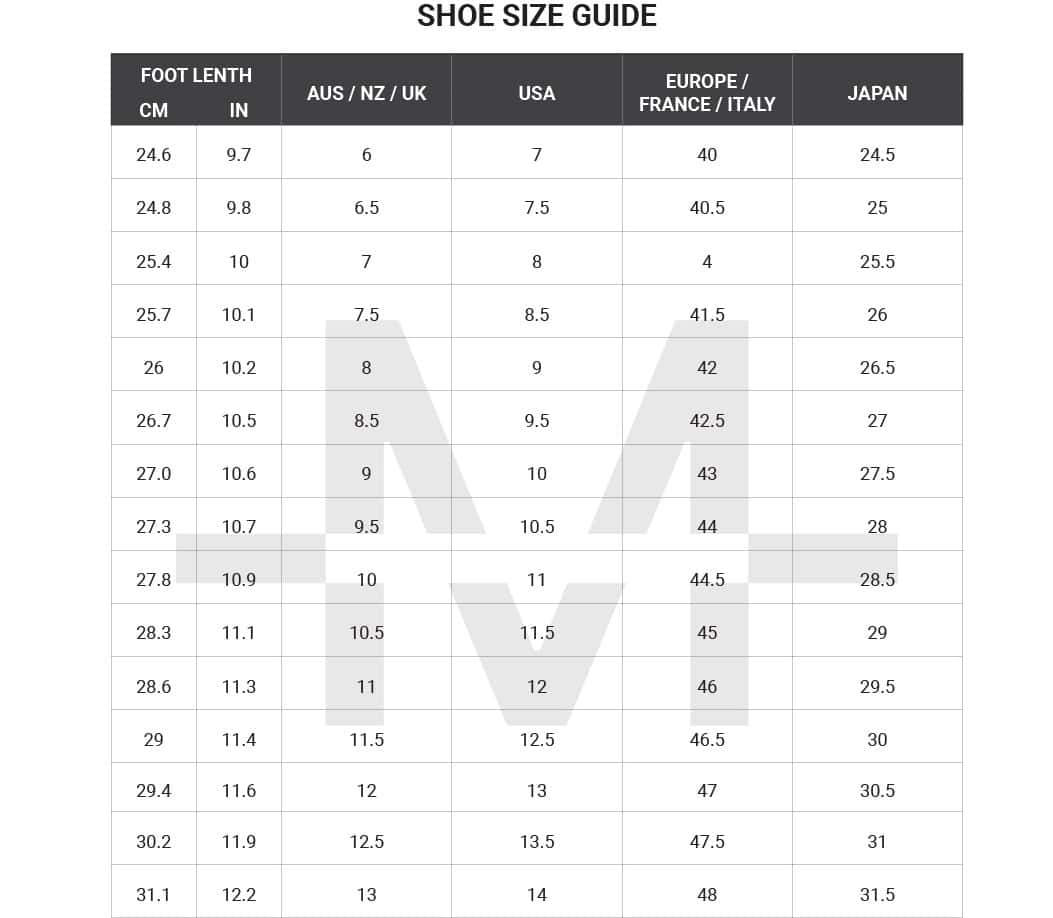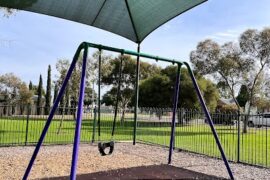The Ultimate Shoe Size Conversion Chart for Australian Parents

Hey there, super parents! Are you trying to navigate through the world of kids’ shoe sizes? Fret not! We’re here to turn that sizing confusion into sizing confidence with our cheerful guide to shoe size conversion, specifically tailored for our awesome Aussie families. We’ve got the measurements, the comparisons, and all the nifty tips to make your shopping experience a walk in the park—or should we say, a comfy stroll in perfectly fitting shoes!
Why Understanding Shoe Size Conversion is Essential for Your Little Ones
For starters, kids grow at lightning speed, and it feels like their feet do too! Ensuring your child has the right shoe size is crucial for their comfort, foot health, and development. Plus, it helps you avoid the hassle of returns and exchanges. But with so many different sizing standards—US, UK, EU, and our own Aussie sizes—how does a parent keep up? That’s where our conversion chart shines!
A Peek into the Australian Shoe Size Chart
Before we dive into conversions, let’s take a moment to understand the Australian (AU) sizing system. Our standard is based on the length of the foot measured in millimeters (mm), which is then translated into an easy-to-understand size. So, when you come across an AU size, it correlates to the length of the insole in the shoe that should fit your child’s foot.
Essential Tips for Measuring Your Child’s Feet
- Measure regularly: Kids’ feet grow quickly, so check their size every few months to ensure their shoes are still fitting well. Keep in mind that seasonal changes can also slightly affect foot size.
- Perfect timing: Measure your child’s feet later in the day as feet tend to swell throughout the day, which can affect sizing.
- Socks matter: Have your child wear the type of socks they’ll wear with the new shoes to get the most accurate measurement.
DIY Foot Measuring at Home
Can’t make it to a shoe store for a fitting? Here’s a straightforward way to measure your child’s feet at home:
- Place a piece of plain paper on a hard floor against a wall.
- Have your child stand on the paper with their heel lightly touching the wall.
- Mark the longest part of their foot (usually the big toe) on the paper. Do this for both feet as one foot can be larger than the other.
- Use a ruler to measure from the end of the paper to the toe mark. This length in millimeters will determine the AU shoe size.
Remember, if the two feet measure differently, it’s the larger foot’s size that should guide your shoe choice. Now let’s get those measurements matched up with the correct sizes!
The All-Important Conversion Chart
We’ve crafted a comprehensive shoe size conversion chart to help you switch between Australian, US, UK, and EU sizes without breaking a sweat. Not only does this chart provide a visual reference, but it also serves as a great tool when you’re shopping online or when your brand of choice uses a different sizing standard.
Stay tuned for the actual chart and further tips on choosing the right shoe size for your child. Navigating through kids’ shoe sizes should never be complicated. With our help, you can become the ninja of shoe shopping, ensuring your little one’s feet are happy, healthy, and above all, comfy! Ready to step into the world of easy size conversion? Hang tight – the best is yet to come!

Five Things Parents Should Know About Preparing for Shoe Size Conversion
Finding the right shoe size for your child can often feel like aiming for a moving target. Armed with these five golden nuggets of wisdom, you’ll be on track to master the art of shoe size conversion for your kiddos!
1. Understand the Different Sizing Systems
Sizing can vary dramatically from country to country. Common shoe sizing systems you’ll encounter are AU (Australia), US (United States), UK (United Kingdom), and EU (European Union). Get familiar with these different standards so you can confidently convert sizes when encountering international brands.
2. Recognize the Importance of Half Sizes
Sometimes, a perfect fit falls between two sizes. Half sizes offer that middle ground ensuring a better fit. When converting shoe sizes, keep in mind that not all sizing systems include half sizes, so you might need to size up or down accordingly.
3. Factor In Room for Growth
Children’s feet grow quickly, and buying shoes in their exact current size might mean they’ll outgrow them in no time. Consider leaving a thumb’s width (about half an inch) of space at the toe to extend the life of the shoe while still maintaining comfort and support.
4. Account for Width, Not Just Length
Shoes that are the correct length but too narrow or too wide can be uncomfortable. While most conversion charts focus on length, be aware of width sizings, especially if your child’s feet are wider or narrower than average. Some brands offer different width options, so keep an eye out for those.
5. Trust Your Child’s Comfort Over Size Numbers
No chart is a substitute for the actual feel of a shoe on your child’s foot. Even after converting sizes, the most reliable test is to have your child walk around in the shoes to ensure there is no pinching, slipping, or discomfort.
Now that you’re equipped with these key points, let’s keep going on our shoe purchasing journey. Remember, the goal is to find that Cinderella fit, even without the help of a fairy godmother!
Choosing the Right Shoe Size for Your Child
Selecting the correct shoe size is more science than art. After you’ve measured your child’s feet and referenced the conversion chart, consider the following when picking shoes:
- Look for Quality: Shoes that are well-made will not only last longer but are more likely to have standardized sizing, making conversions more reliable.
- Read Reviews: Other parents can be your best resource. They often share whether a shoe’s sizing runs large or small, saving you guesswork.
- Check the Return Policy: Sometimes, even with the best preparation, shoes just don’t fit. A good return policy can save you a lot of stress.
- Opt for Adjustable Features: Shoes with adjustable straps or laces can offer a more customizable fit, accommodating for between-sizes or fast-growing feet.
- Soft Soles for the Littlest Ones: Younger children and toddlers benefit from softer soles that mimic barefoot conditions, aiding in foot development.
Remember that comfort, support, and a smidge of growing room should anchor your choice. Once you’ve got all this down pat, shoe shopping becomes less of a sizeable challenge and more of an enjoyable quest. So, dear parents, lace up your knowledge snugly and let’s take the next step in finding those delightful little kicks for your child’s next big adventure!
Printable Shoe Size Conversion Chart Coming Your Way
In our upcoming sections, we’ll provide a printable shoe size conversion chart where you can quickly cross-reference the sizes you need. Plus, we’ll share additional pointers on understanding shoe fits that extend beyond the numbers. So sharpen those pencils, have your ruler at the ready, and let’s get ready to measure up some fun and functional footwear for your little ones!
For more great articles please see here. For more information see here
Disclaimer
The articles available via our website provide general information only and we strongly urge readers to exercise caution and conduct their own thorough research and fact-checking. The information presented should not be taken as absolute truth, and, to the maximum extent permitted by law, we will not be held liable for any inaccuracies or errors in the content. It is essential for individuals to independently verify and validate the information before making any decisions or taking any actions based on the articles.




